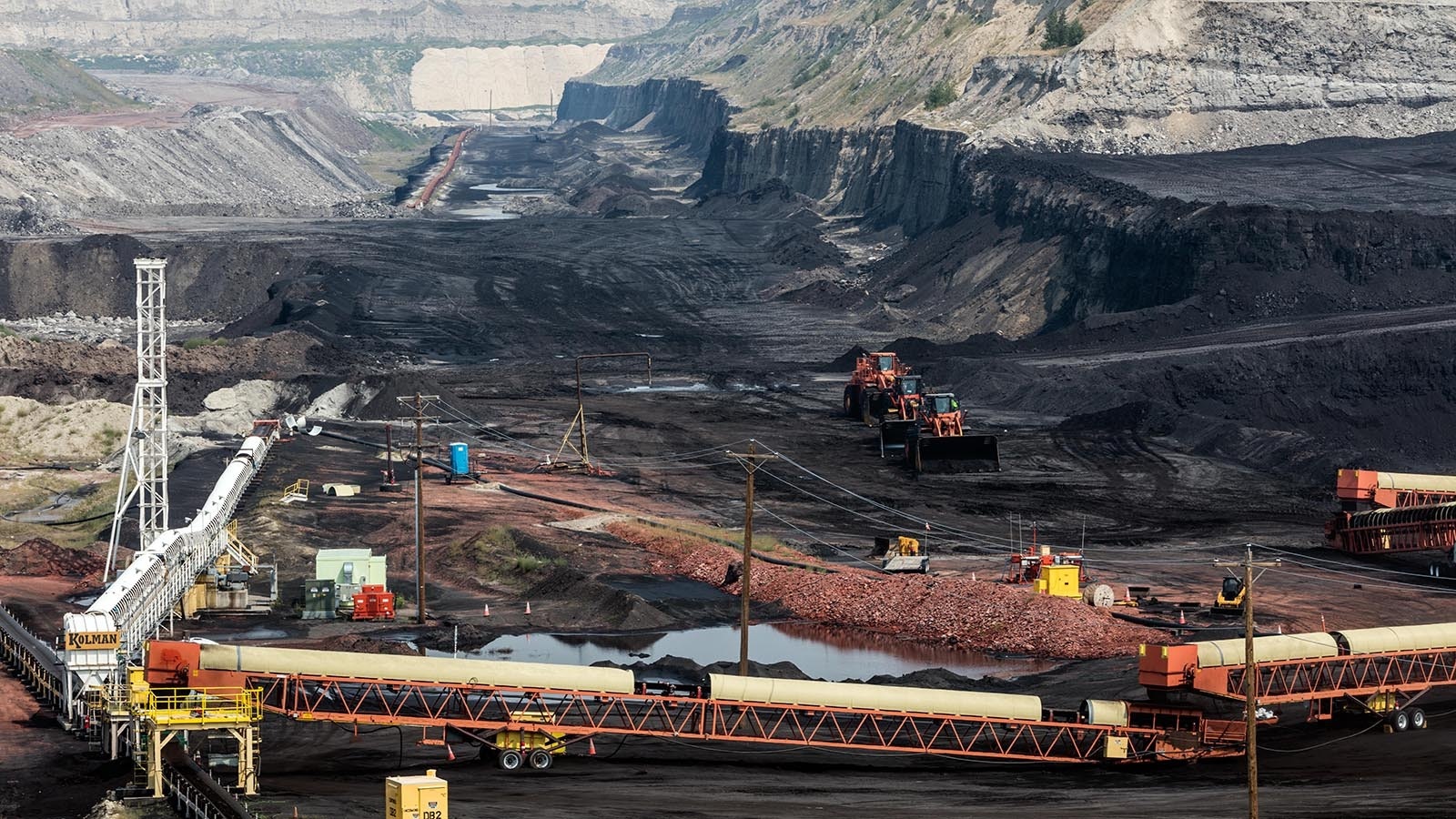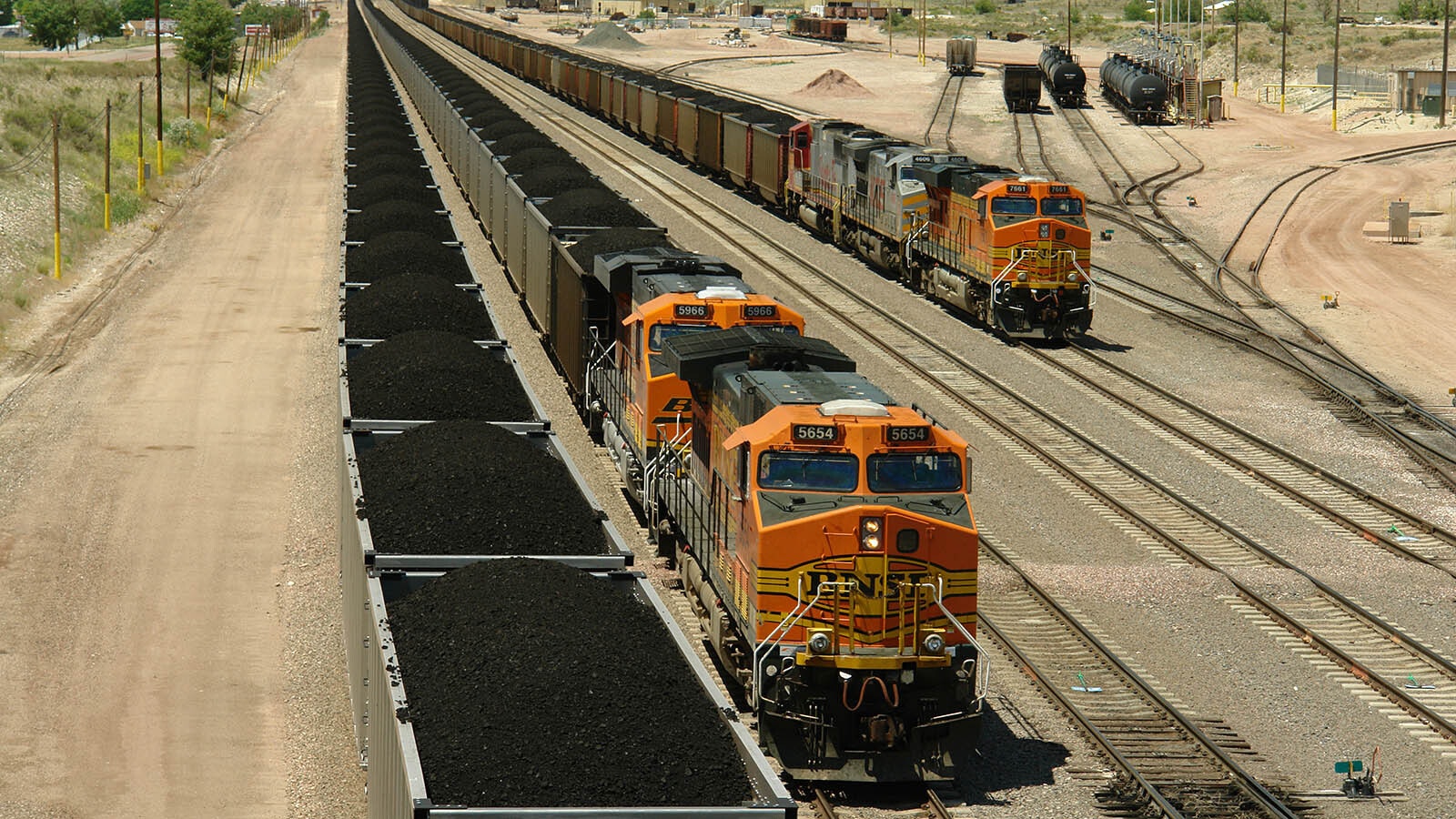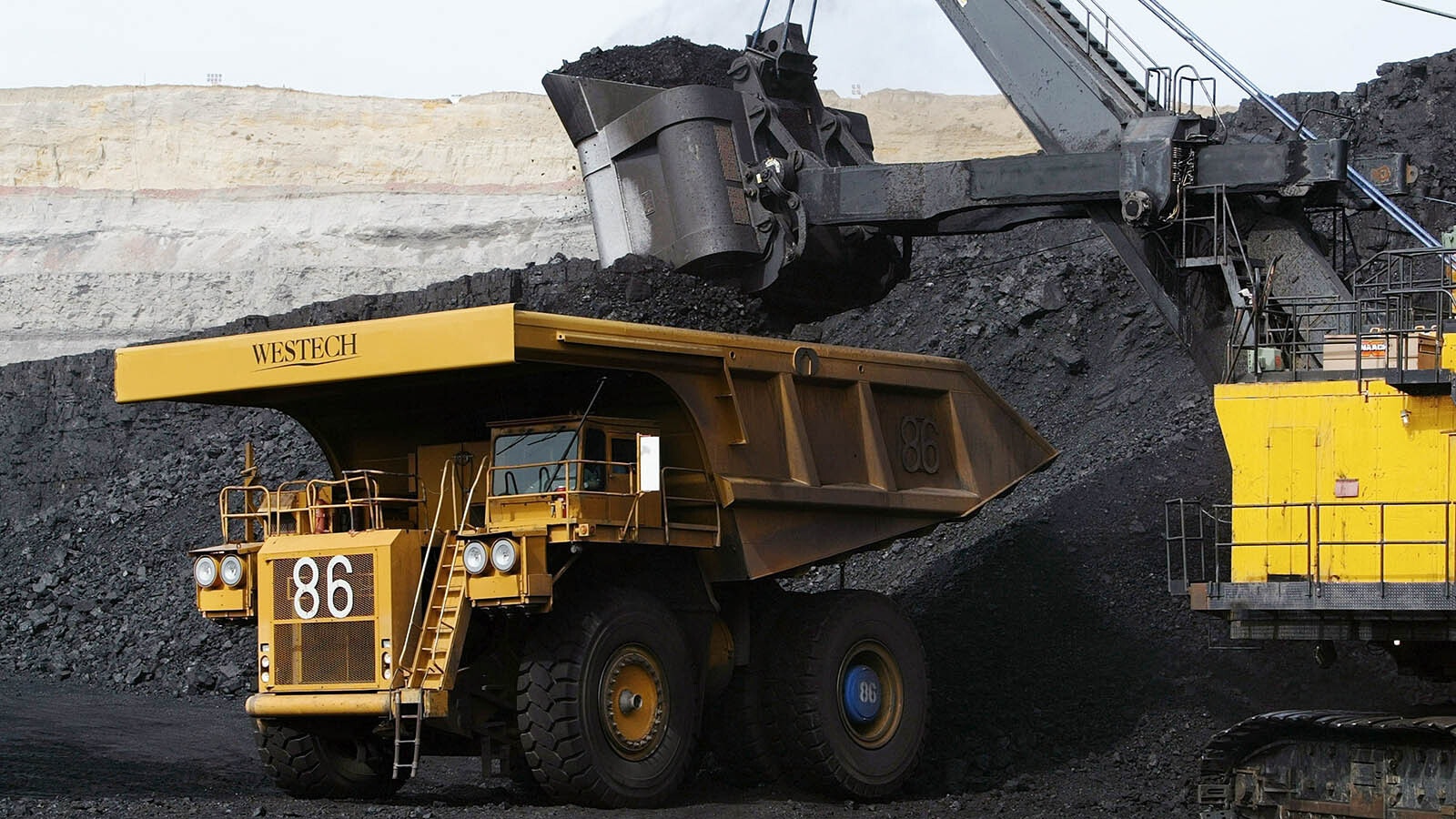Wyoming leaders for years have been asking what will happen to the state’s workforce as the Unites States transitions away from coal, which once accounted for 50% of the nation’s electricity generation.
The effort to help displaced coal workers had a rocky start, but there is better coordination across the state and a few grant awards are initiating programs to get the ball rolling.
Good Year
Although coal production this year is half the tonnage it was at its peak 15 years ago, the industry still employs nearly 5,000 people in Wyoming.
Wyoming coal is having a good year in 2022, but few are betting on a long-term comeback. In its most recent quarterly reports, Arch Resources Inc. saw solid profits for its Powder River Basin operations, but during the company’s sales call last week, CEO Paul Lang stated frankly a good quarter doesn’t change the company’s long-term plans for Wyoming, which is to be out of the PRB and not mining thermal coal.
What help can coal workers expect to find when the transition away from coal resumes after this latest uptick?
Denied Funding
The federal government has promised support to help coal communities deal with the economic impacts of a continuing decline in coal production, but Wyoming has sometimes been passed over for those opportunities.
Last December, Gov. Mark Gordon had strong words for the federal government when a round of grant awards through the Build Back Better Regional Challenge program excluded Wyoming from the 60 communities that received money.
“I am furious that this administration has turned its back on the No. 1 coal-producing state,” Gordon said in a statement at the time.
U.S. Rep. Liz Cheney and Sens. John Barrasso and Cynthia Lummis were just as critical of the Biden administration when the award announcements came out.
Several state agencies and the University of Wyoming had sent applications.
Phil Christopherson, CEO of Energy Capital Economic Development in Campbell County and the Powder River Basin, said it wasn’t the first time that multiple applicants in Wyoming were denied funding by programs specifically aimed at addressing economic impacts to coal communities.
“The money is out there, but it’s not going to us here in Wyoming,” Christopherson said.
One problem has been a lack of coordination between Wyoming’s applicants for federal support, he said. There was no unified program at the state level to help with that, which made the state much less competitive.
Christopherson said that with the creation of the Wyoming Energy Authority (WEA), that problem has been addressed.
“Everybody’s working pretty closely together to try and get some of this federal funding for this council. So, things have gotten better, which I’m really excited about,” Christopherson said.
Not Abandoning Coal
Christopherson said one reason Wyoming, despite being the nation’s largest coal producer, is passed over for support may have something to do with the Cowboy State’s continued pursuit of ways to use its coal resources. That includes research into carbon products and carbon capture.
“They want us to run away from coal, transition away from coal, so that we just leave it in the ground and forget about it,” he said.
Rather than abandoning coal altogether, the Integrated Test Center near Gillette has received millions of dollars in support for research and development into carbon capture and carbon products. The University of Wyoming School of Energy Resources has its own research projects. There also is research into extracting rare earth elements from coal.
“To abandon one of our most abundant natural resources and not use it doesn’t make sense,” Christopherson said.
In September, the WEA received nearly $600,000 from the U.S. Department of Commerce’s Economic Development Administration (EDA).
Anja Bendel, program director with the WEA, said the money will go into providing tools and research to help communities determine what their strengths and weaknesses are so they can identify opportunities. This means learning about what new energy sources are coming into the mix, what type of workforce is in a region, what skills those workers have and what additional training is available or needed.
Legislative Solutions
RMI, a renewable energy advocacy group, released a study last month exploring measures states can take to provide relief for coal communities impacted by coal production declines and mine closures.
The study proposes retraining in the form of apprenticeships and postsecondary programs, career counseling and incentives to hire displaced cloak workers. It also discusses measures to address tax revenue declines.
The study examines two bills intended to help with the impacts of coal’s decline that the Wyoming Legislature considered in its 2021 general session. House Bill 170 would have created economic development zones to help train and revitalize the workforce in the economically distressed areas of Wyoming. The other, HB 205, would have created a committee to examine pathways toward addressing the changes in Wyoming’s economy from the decline of coal.
Both bills failed.
Rep. Chad Banks, D-Rock Springs, who sponsored HB 205, said he’s not sure why the bill didn’t pass, but he thinks the perception that it was anti-coal may have had something to do with it.
“That was not its intention at all. It was intended, really, to help communities like my own with transitions,” Banks said.
The RMI study suggested that this perception may impede legislative solutions, and that may change as coal declines continue.
“Until recently, any discussion of coal closure was largely a political nonstarter. As the coal industry continues its decline, transition planning may become a more active policy discussion even in states where discussion of coal closure has historically been politically poisonous,” the report predicts.
Future Plans
Gillette College received a $700,000 grant in September to establish an Office of Transition at the college. The Wyoming Business Council, the city of Gillette and Campbell County are partnering with the college.
Heidi Gross, executive director of the Gillette College Foundation, said it’s too early to know what programs and initiatives will come out of the office, but the general goal is to work with industries to identify what workforce needs are and how to transition coal workers into new careers.
Campbell County received $2.8 million from the EDA to build an industrial park in Gillette. Chistopherson said the park will, among other things, provide space for companies to expand commercialization of advanced carbon products.
Gross said the Office of Transition will work with industries that locate at the park to spot opportunities for displaced coal workers.
“It’s all very exciting,” Gross said.





